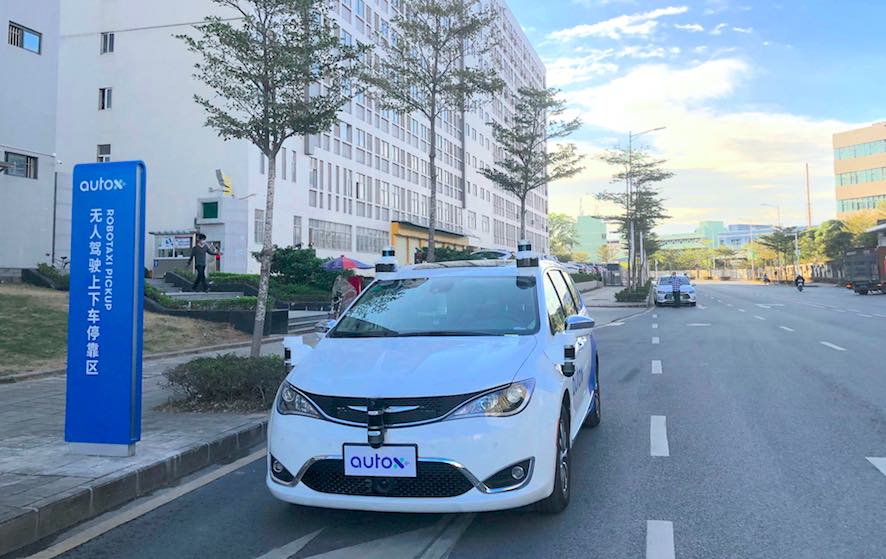|
Listen to this article  |

An AutoX Level 4 fully driverless robotaxi in Shenzhen. | Credit: AutoX
The government in Shenzhen, China announced new provisions that lay out comprehensive rules governing the use of autonomous vehicles in the city. The regulations are set to take effect on August 1, and they grant permission for autonomous vehicles to operate in Shenzhen without a person in the driver’s seat.
The new regulations allow autonomous vehicles to operate in designated areas of the city. According to the regulation, companies must obtain relevant permits. To hit the road, the vehicles must be registered with the Ministry of Public Security. To engage in business activities, like charging for robotaxi rides, companies need permission from the Ministry of Transportation.
While Shenzhen is officially laying out comprehensive rules for autonomous vehicles, it’s not the only city to allow autonomous vehicles to drive without safety drivers. Robotaxis have been allowed on a case-by-case basis in Beijing, as well as in San Francisco and near Phoenix.
Shenzhen’s regulations also hit on a subject that has been looming over the autonomous vehicle industry: where does liability fall when an autonomous vehicle makes a mistake? The regulations state that if there’s a driver in the driver seat and the car is operating autonomously, the driver will be held responsible by transportation authorities. If no driver is in the driver’s seat, the responsibility falls to the owner or manager of the vehicle. The regulations also state that if the accident is caused by a defect in the autonomous car, then the owner of the car can seek compensation from the manufacturer.
The regulation defines three levels of autonomous driving. The first is conditional automatic driving, in which the vehicle can complete some dynamic driving tasks. The second is highly automated driving, in which the car is capable of completing all types of dynamic driving tasks. Both of these levels require a human in the driver’s seat to take over whenever the system needs assistance. The final level is fully automatic driving, where there is no human required in the driver’s seat and the car can operate completely autonomously.
Many autonomous vehicle companies have been operating in China, including Pony.ai, Baidu, DeepRoute, AutoX, WeRide and Trunk.Tech. Pony.ai announced in April that it would launch a fee-charging robotaxi service in Guangzhou sometime this year, following its deployment in Beijing.
Credit: Source link


Comments are closed.